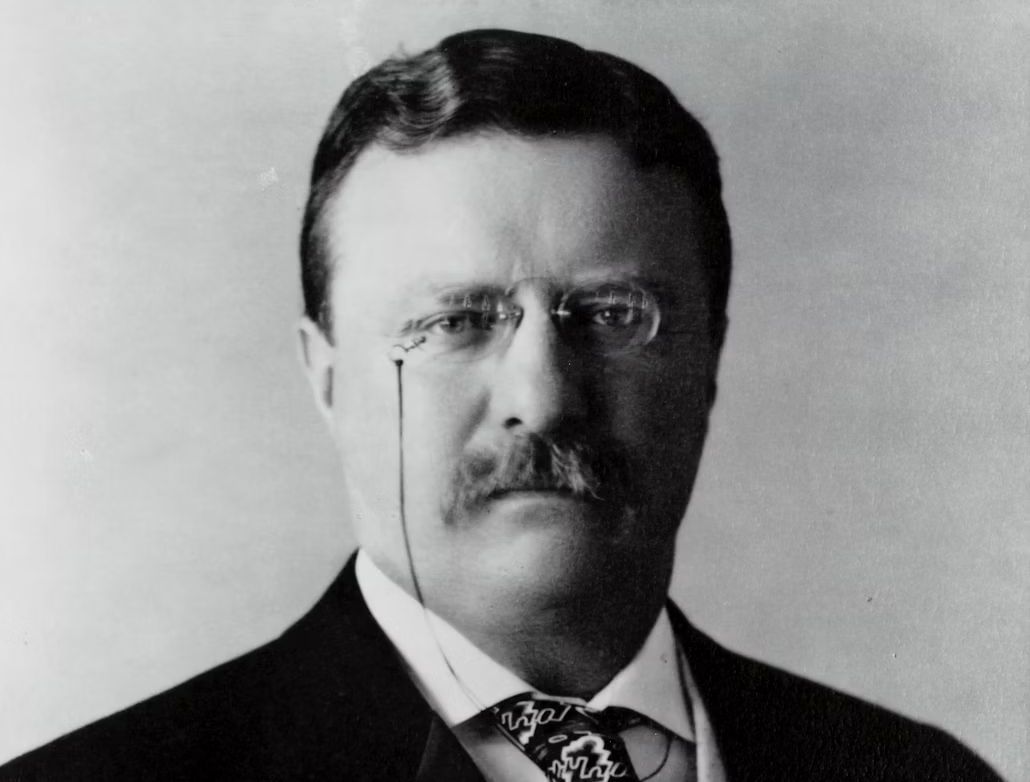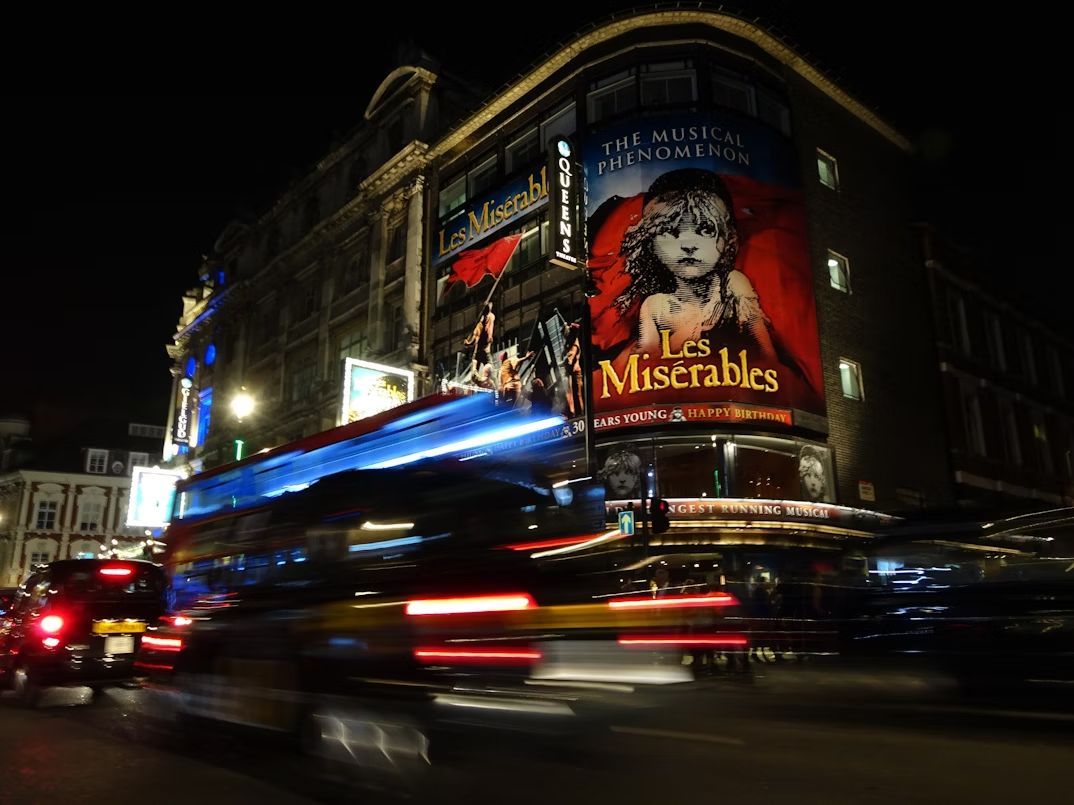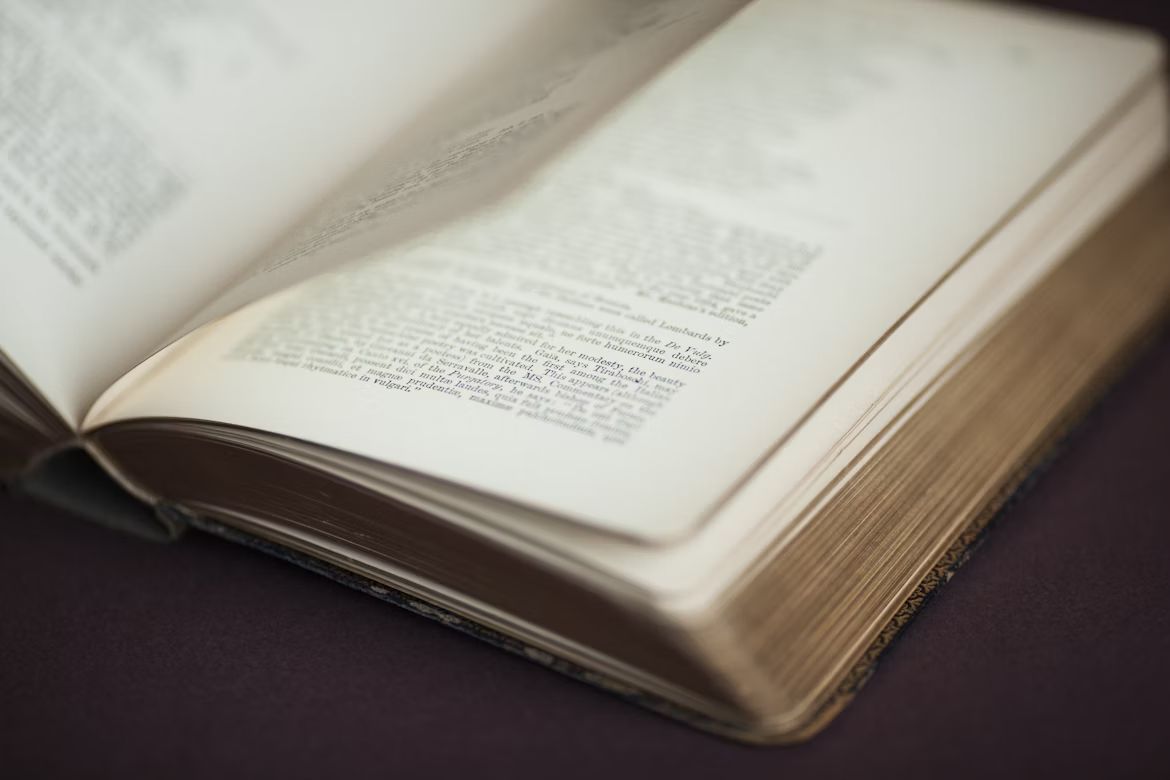Book lovers unite
Books... The stories we love and some facts you didn't know!
Published on August 7, 2025
 Credit: Alexandra Fuller
Credit: Alexandra Fuller
There’s no denying it: Few pleasures compare to curling up on a rainy day with a cup of hot cocoa and a good book, don’t you think? But behind the book you’re holding, there are many stories to be told. For example, do you know how big the largest private collection is? Or have you ever put a name to that fear of running out of books to read? Well, in this article, we’ve gathered 13 book-related facts that will make you love books even more!
Abibliophobia: The fear every book lover can relate to
 Credit: HamZa NOUASRIA
Credit: HamZa NOUASRIA
Have you ever panicked at the very thought of finishing your current book with no backup ready? That’s abibliophobia, the fear of running out of something to read.
Of course, it’s not officially recognized by doctors, but we bet every bookworm knows the terror of a suddenly empty bookshelf. Thank goodness for e-readers, libraries, and bookstores to keep the anxiety at bay!
Teeny Ted: The world’s tiniest tome
 Credit: Nathan Wright
Credit: Nathan Wright
Say hello to Teeny Ted from Turnip Town, the world’s smallest book, measuring a microscopic 70 by 100 micrometers. That’s smaller than a grain of sand! Created in 2007 using nanotechnology, it even has its own ISBN number.
This book holds the Guinness World Record for the smallest reproduction of a printed book. But don’t expect to read it unless you’ve got a high-powered microscope. Imagine telling someone, "Oh, I’ve just finished a quick read," and pulling out this pint-sized masterpiece!
Theodore Roosevelt: The speed reader-in-chief
 Credit: Library of Congress
Credit: Library of Congress
Talk about ambition: Teddy Roosevelt, the 26th President of the United States, reportedly read one book every single day. And when his schedule allowed, he’d tackle two!
Whether it was history, poetry, or adventure novels, Roosevelt devoured books. It’s inspiring, sure, but let’s be honest, most of us struggle to get through one a week. Chapeau to you, Teddy, but you’re on your own on this one!
1.5 million books: A collection to envy
 Credit: JOSHUA COLEMAN
Credit: JOSHUA COLEMAN
Book lover John Q. Benham takes the term "well-read" to a whole new level with his private collection of 1.5 million books.
This Guinness World Record holder from Indiana has so many books that he’s had to store them in his garage, a two-story building, and even outdoors. Imagine trying to find your favorite title in that maze!
Tsundoku: Guilty as charged
 Credit: Nick Hillier
Credit: Nick Hillier
If you’ve ever bought a book, placed it on a shelf, and left it there unread, you’re guilty of tsundoku. This Japanese term describes the all-too-relatable habit of collecting books faster than you can read them.
We’re not book-shaming anyone, we do that too. It’s not about neglect, it’s about the thrill of owning stories just waiting to be explored. And a bit of abibliophobia, right?
Victor Hugo’s 805-word marathon sentence
 Credit: Agustin Biagi Vincenti
Credit: Agustin Biagi Vincenti
Victor Hugo didn’t just write novels, he wrote endurance challenges. Do you know the classic Les Misérables? Well, it contains a single sentence that’s 805 words long! In case you’re trying to picture what that looks like, that’s longer than some short stories!
While it might test your patience (and your lung capacity if you tried to read it aloud, for sure), it’s a testament to Hugo’s genius. Who needs cardio when they could just practice reading this one out loud?
One tree, 50 books: The math of paperbacks
 Credit: Hitoshi Suzuki
Credit: Hitoshi Suzuki
Did you know that a single tree can produce up to 50 books? It’s kind of a bittersweet fact because while trees are precious, so are the stories printed on their pages.
Thankfully, e-books and recycled paper are helping make publishing more eco-friendly. In any case, it’s a good thing that it only takes one tree to produce that many books. Yes, you can go hug your favorite hard-cover, but thank the tree that made it too!
The Codex Leicester: The $30 million masterpiece
 Credit: Zoya Loonohod
Credit: Zoya Loonohod
Leonardo da Vinci’s Codex Leicester isn’t just a book, it’s quite literally a treasure. This handwritten journal, filled with da Vinci’s scientific musings, was bought by Bill Gates in 1994 for $30.8 million!
Adjusted for inflation, it’s now worth over $62 million. You can already imagine the safety measures around it. Gates occasionally lends it out for exhibitions. Nobody can blame him, even billionaires love to show off their book collections.
Read your way to a healthier brain
 Credit: Jilbert Ebrahimi
Credit: Jilbert Ebrahimi
If you’re not a big reader and want to find some motivation to read more, here’s a great reason to dive into a good book: Studies have shown that regular reading can reduce your risk of Alzheimer’s by 2.5 times.
Keeping your brain active with novels, biographies, or even crossword puzzles helps build cognitive reserves. So, next time someone calls you a bookworm, take it as a compliment and just tell them this is your health plan!
Bibliosmia: The sweet smell of stories
 Credit: Jasmine Coro
Credit: Jasmine Coro
This one is for the true bookworms out there. If you’ve ever cracked open an old book and taken a deep whiff, you’ve experienced bibliosmia, the love of that distinctive "old book smell."
It’s caused by the breakdown of chemicals in the paper and ink, releasing an aroma that’s part nostalgia, part heaven. If you ask us, libraries should bottle this scent! Who needs perfume when you can smell like a first-edition classic?
A million new books every year
 Credit: Annie Spratt
Credit: Annie Spratt
Think your to-be-read pile is overwhelming? Over 900,000 new books are published every year worldwide, and that’s a conservative estimate.
China leads the charge, followed by the U.S. and the UK. Whether it’s thrillers, memoirs, or cookbooks, there’s truly something for everyone being published as you read this article. But keeping up with even a fraction of these releases? That’s a challenge only the most dedicated book lovers would dare take on. Call for Roosevelt!
Sydney’s book balancing bonanza
 Credit: Siora Photography
Credit: Siora Photography
Book-related Guinness records are extraordinary. Here’s one more: In 2012, Sydney, Australia, set the world record for the most people balancing books on their heads. How many? 998, to be exact.
It was part of a festival promoting literacy, and participants of all ages joined in. And in case you were wondering what they did with those books, they were donated to an orphanage in Kenya. Amazing, don’t you think?
Johannes Gutenberg: The father of the printing press
 Credit: Refat Ul Islam
Credit: Refat Ul Islam
Before Johannes Gutenberg’s groundbreaking invention in 1440, books were painstakingly copied by hand. Exhausting, right?
His printing press revolutionized the way words were shared, making books faster and cheaper to produce. It’s no exaggeration to say Gutenberg paved the way for modern publishing—and for our beloved libraries and bookstores. From the bottom of our hearts, thank you, Johnny!










